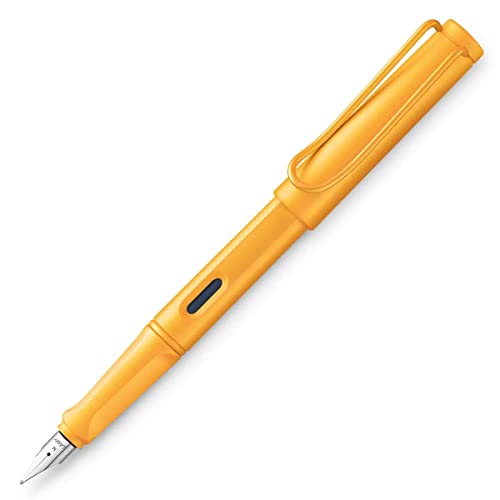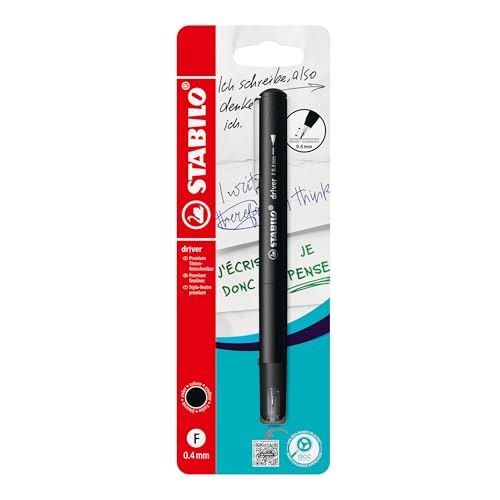Understanding Bike Computers: What They Are and How They Work
What Is a Bike Computer?
A bike computer is a small electronic device that attaches to your bicycle, allowing you to track essential data as you ride. This information includes your speed, distance travelled, time, and sometimes even heart rate and cadence. The data is typically displayed on a screen for easy viewing while riding, helping you to monitor your performance and improve your biking experience.
How Do They Work?
Bike computers operate using sensors, which are either connected by wires or wirelessly. These sensors capture data from various parts of your bike, such as the wheel, pedals, and sometimes even your heart rate monitor if available. The computer processes this information to provide real-time statistics, which can enhance your riding efficiency and enjoyment.
Key Features to Look For: Ensuring You Get the Right Functions
Essential Functions to Consider
When shopping for a bike computer, it’s vital to consider what functions will benefit you most. Look for basic features like speed, distance, and time tracking, which are fundamental for all cyclists. If you’re training seriously, consider models that include advanced metrics like cadence, heart rate, or even GPS functionality, which provides location tracking and can map your rides.
Readability and User Interface
Another crucial aspect is the display. A clear, easy-to-read screen is essential, especially in bright sunlight. Some models have backlit screens for visibility at night. The user interface should also be intuitive so you can quickly navigate through various functions while on the move, ensuring you spend less time fiddling with the device and more time on the road.
Choosing the Right Type: Wired vs. Wireless Options Explained
Wired Bike Computers
Wired bike computers have a cable that connects the sensor to the display unit. These tend to be more budget-friendly and reliable, as they’re not subject to interference. However, the downside is the potential for wear and tear on the cables during rides, which could lead to data errors if the connection becomes loose.
Wireless Bike Computers
Wireless options offer more convenience without the hassle of cables. They transmit data via radio signals, giving your bike a cleaner look. While modern wireless models are quite reliable, there can be occasional interference from other electronic devices or physical barriers, so it’s worth considering your riding environment when making a choice.
Setting Up Your Bike Computer: A Step-by-Step Guide
Initial Set-Up
Start by reading the manufacturer’s instructions carefully, as each model can have different set-up procedures. Typically, you’ll need to attach the sensor to your bike’s wheel, align it accurately to the magnet on the spoke, and secure the display unit to your handlebars. Ensure everything is tightened well to avoid any loosening while riding.
Calibration and Testing
Once everything is in place, it’s essential to calibrate your bike computer. Input the wheel size, which can usually be done in the settings menu. This calibration ensures that distance and speed readings are accurate. After calibration, take your bike for a short ride to test if the readings are working correctly. Adjust if necessary until you’re satisfied with the performance.
Maximising Your Training: How a Bike Computer Can Enhance Your Performance
Tracking Progress and Setting Goals
Using your bike computer effectively can significantly enhance your training regime. It allows you to track your progress over time, which is essential for setting realistic goals. If you aim to increase your distance or speed, your bike computer will provide the data you need to monitor your improvements and adjust your training plans accordingly.
Utilising Advanced Features for Better Insights
Many bike computers offer additional features like interval training modes, lap tracking, and even integration with cycling apps to analyze trends. By leveraging these advanced features, we can gain greater insights into our performance, identify areas for improvement, and stay motivated on our cycling journey. Making the most of these tools ensures our rides remain engaging and productive.


























